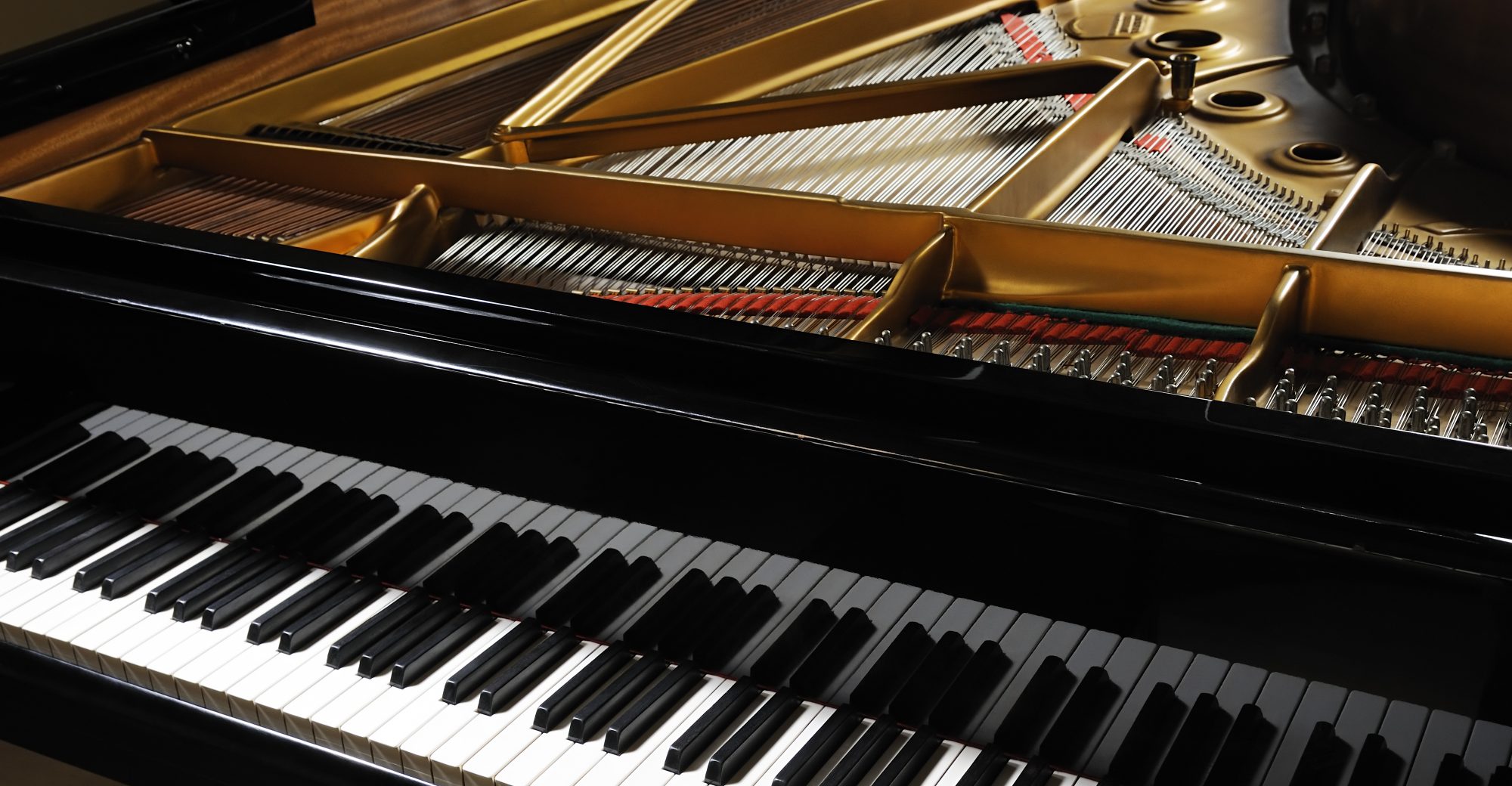One risk that may jeopardize the project is 3D printing the chassis. Aden has not used 3D printing technology in 3 years, so relearning it may take more time than expected. Similarly, he has not used Solidworks in two years. Rahul is less familiar with such tools and will likely spend more time learning once he is done developing the software for the accompanyBot and begins aiding with hardware construction. Clearly, there will be a learning curve to building the chassis. However, if there are significant difficulties with 3D printing then the alternative plan is to use a plank of wood with the solenoids secured on the plank and placed on top of the keyboard. Another concern is that the solenoids are quite heavy, so the support material must be able to withstand the weight. Therefore this would factor into our design choices as well.
No significant design changes were made to the physical portion system. Details are still being worked out in regard to the chassis, but it will more or less look similar to the existing design from the design report. The solenoid circuit also remains the same from the design report. The application design will remain the same as our specification. As for the integration of the app with the RPi, we may use PySerial but if that does not suit our needs in a reasonable amount of time we will rethink this system communication step. Due to slight fluctuations in the timing of the solenoids found during running the RPi code to control the MOSFET switching. Additional calibration may be needed to make sure the tempo meets our system requirement. However, since the variations have resulted in values slightly off from the targets (1bpm difference), we may consider loosening the 100% accuracy measure to allow some tolerance, since we did see Professor Sullivan’s feedback about the metric being a high bar to achieve.
No significant changes need to be made to the schedule. If there do need to be changes, they will take up the slack time that is in place.
